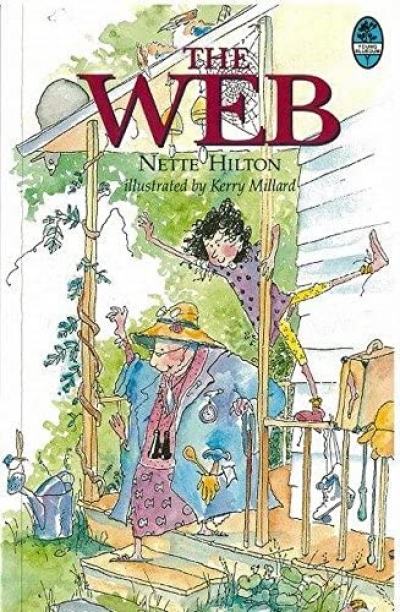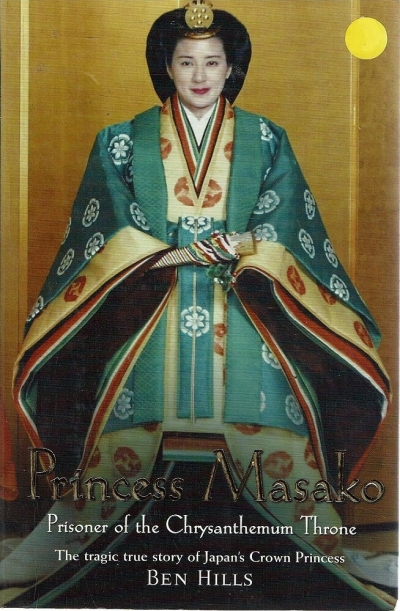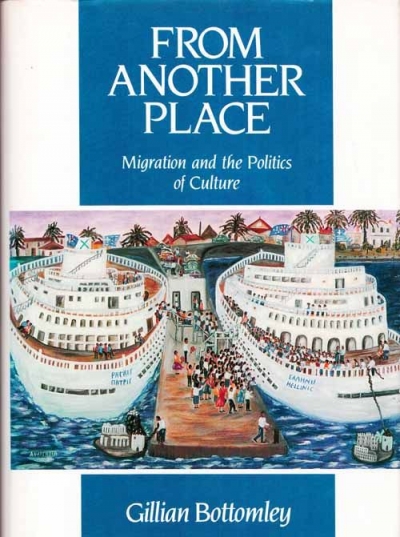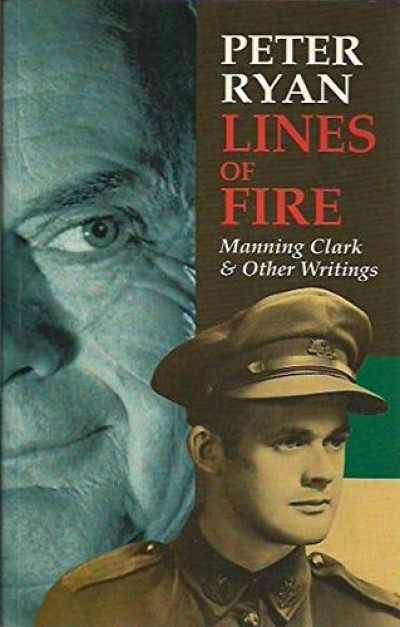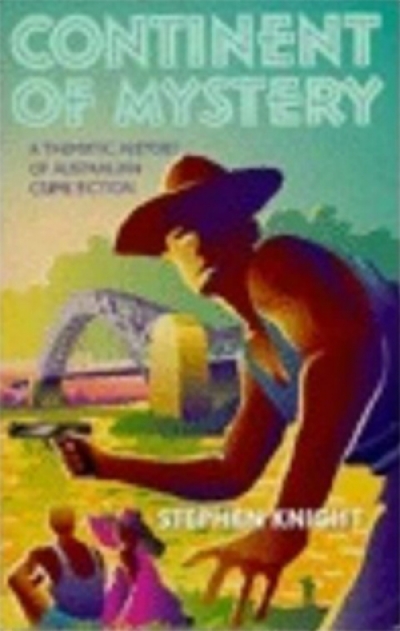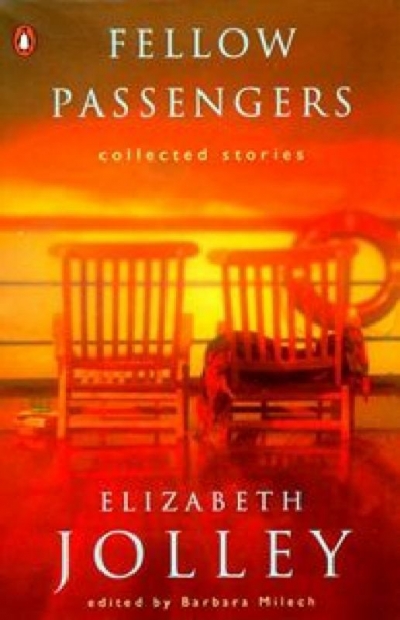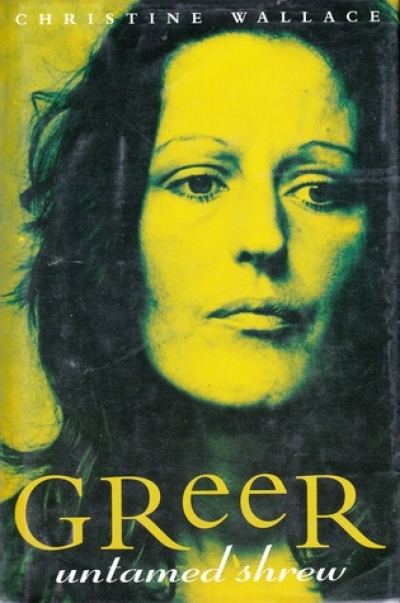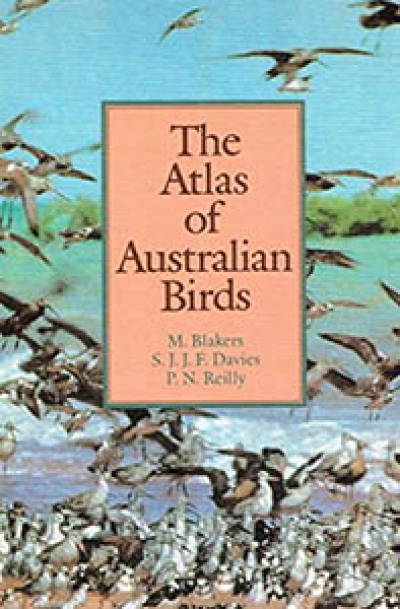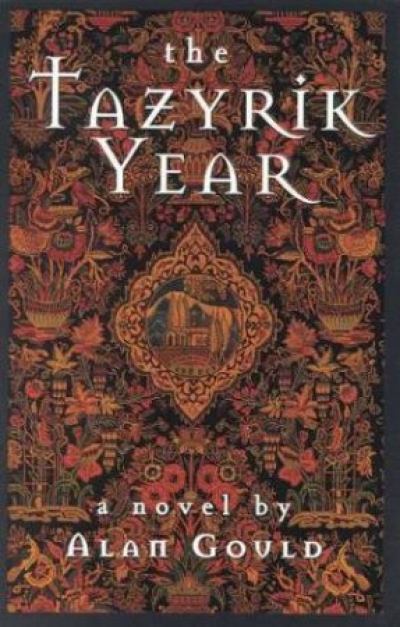Archive
Princess Masoko: Prisoner of the Chysanthemum Throne by Ben Hills
by Carol Middleton •
From Another Place: Migration and the politics of culture by Gillian Bottomley
by David Walker •
Lines of Fire: Manning Clark and Other Writings by Peter Ryan
by Peter Pierce •
Continent of Mystery: A Thematic History of Australian Crime Fiction by Stephen Knight
by Stuart Coupe •
Fellow Passengers: Collected stories by Elizabeth Jolley
by Cathrine Harboe-Ree •
The Atlas of Australian Birds by M. Blakers, S.J.J.F. Davies, and P.N. Reilly
by Evan Jones •

